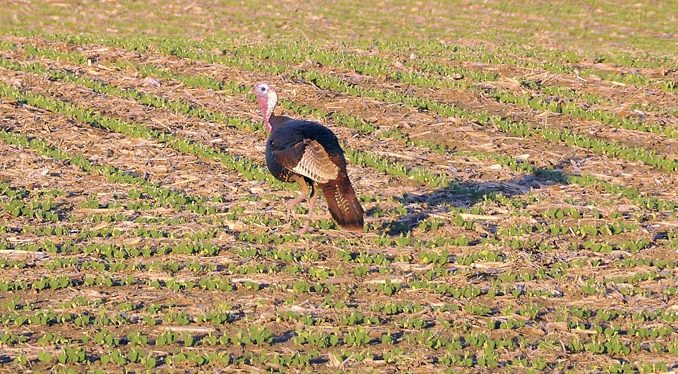
By Per Peterson
Bruce Potter, who works with the University of Minnesota Extension from the Lamberton office, said field conditions are better, the farther south you go. While things aren’t perfect, he said the corn is looking good.
“What we’re seeing is the stuff planted early — most of it looks really good,” he said. “The soybeans that got in early look good. It’s the stuff planted in the early part of May in some fields that have some issues.
He said there are a couple factors at play for corn. Some of the corn that got planted in dry fields are shallow and resulted in some uneven stands since it didn’t germinate until it rained.
“The other thing we’re seeing is that in some low areas, there’s going to be some stand loss,” Potter said. “And where there has been constant moisture, there are some issues there as well. With some corn that got up in fields that have had a lot of moisture and has started to put that second or third leaf on, there are some disease issues. There are some thin stands out there.”
Potter said some soybeans are also experiencing “some pretty good” crust in areas that took on a lot of rain recently.
“Some of the soybeans planted right before that last big rain have some crust on them and are having a hard time emerging,” he said. “They’re really struggling and they’ve been in the ground for over two weeks. We could use a quarter inch of rain right now just to help the last of the soybeans.”
Potter doesn’t see much rain the near future, but he said that crusting can happen when there is a wet spring.
“If it dries out, those roots struggle to get throughout it” he said. “If we have a wet spring, we need some rain later on to help get things along.”
According to the U.S. Department of Agriculture’s latest crop report, 68% of corn is rated in good to excellent condition in Minnesota. Corn planting is 96% complete; 81% of the crop has emerged, which is ahead of the five-year average, but five days behind last year.
The USDA said 81% of soybeans have been planted for the week ending June 4. Also, 39% of soybeans have emerged.
•••
Another issue Potter is keeping a close eye on is true armyworm infestations where rye over crops were utilized. He said he has received several comments about slugs in corn and soybeans in these areas. It’s too early, however, to judge the severity of the issue since there are very few observations.
“In Minnesota, most of the issues have been to the south and east (of Lamberton),” he said. “I know there have been a few issue around Minnesota. Guys should really get out and look at fields where there are cover crops.”
Potter said dry, warm weather will deter a large infestation. Armyworm tend to be more abundant in cool, wet years. Heat and dry weather are hard on armyworm eggs and small larvae.
